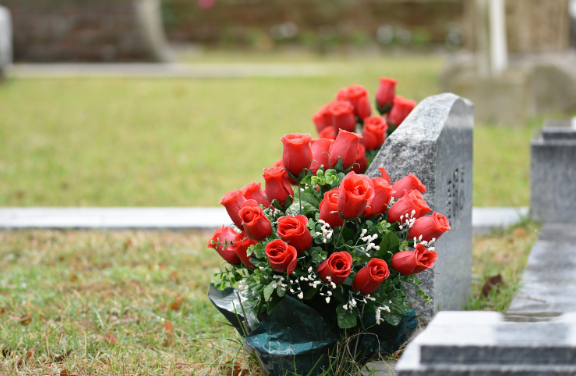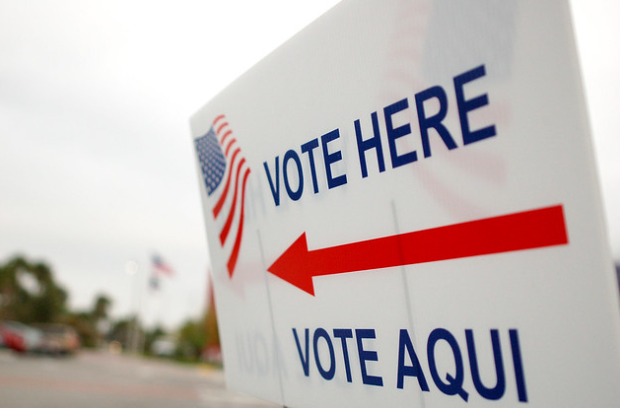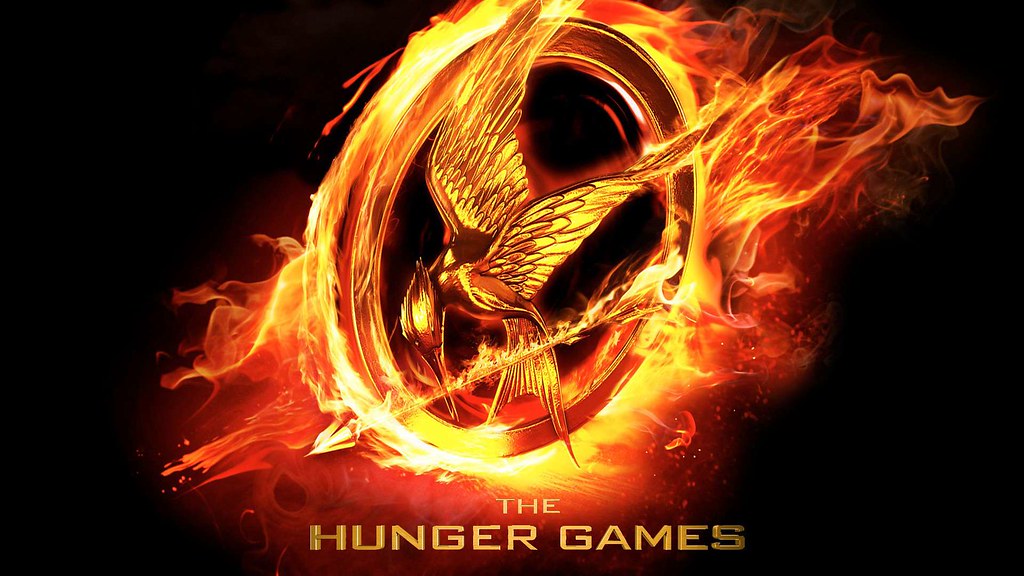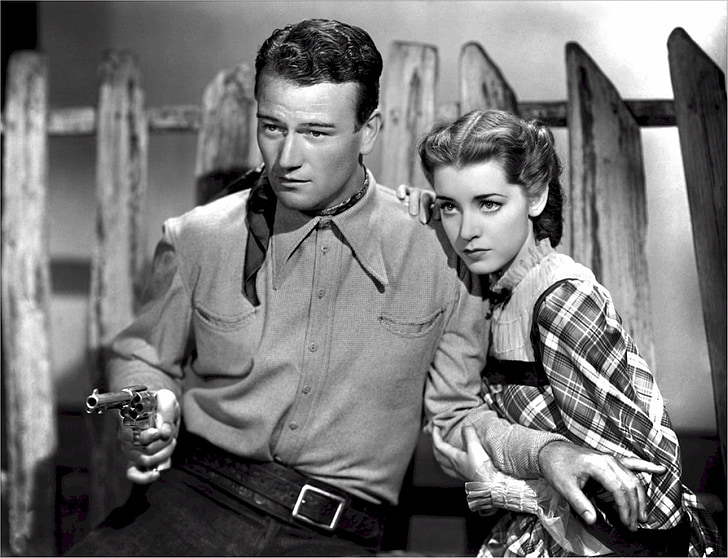There have been countless soldiers who have put their lives on the line in order to serve and protect their countries. Due to this and fighting for the cause they believe in, there have been many deaths and lives lost from these global wars. Those who have lived to tell the tale haven’t been the same since then. There’s a saying that “only the dead have seen the end of war” and those still standing have been affected in ways no other could ever be.
In 1916, Dr. Charles Myers established the definition of “shellshock”, which is described as ‘battle fatigue”. This would be described and diagnosed towards soldiers around the beginning of World War I, with many of those being assumed to have been affected by the bombing physically. However, this was not the case and it was much worse and serious than what they had assumed. Most of the symptoms that were prominent in shellshock for those diseased usually targeted their brain function and thought process, I.E.: confusion, inability to focus, stammering and stuttering, and paranoia. WWI didn’t just last for the span of a singular day, it took four years (July 28, 1914 – November 11, 1918) for the war between the Central Powers and the Allies. Soldiers would be fighting in the trenches, artillery shells would rain from the sky, exploding into shrapnel, piercing through whoever was unfortunate enough to be in the bomb’s radius, friend or foe. Brothers in arms who since then have been deceased, rotting, and becoming a banquet for the endless swarm of rats to feast on inside of the trenches and above no man’s land. This is what these veterans had dealt with, there’s no way in heck they’d just forget about that and move on with their lives. It gets worse from here as shellshock wasn’t just exclusive to these specific dates during the early 1900’s. WWII began September 1, 1939, and ended September 2, 1945. And then shortly after the events of WWII, there was horrific tension between the U.S and the U.S.S.R in the form of the Cold War, (March 12, 1947 – 1989), and with the more recent documentation of shellshock, they had a lot more to work with, and finally, in the 1980s, PTSD (Post Traumatic Stress Disorder) was established. Shellshock is still used, but when it comes to PTSD, it marks war-related memories. PTSD isn’t exclusive to soldiers and can affect anybody else when it comes to life-changing events.
Shellshock and PTSD victims/veterans have lived lives of long-term hardship and there’s no doubt about it that the thoughts of unspeakable horrors could’ve just been brushed off easily. It takes many years to even cope or wrangle with the disorder and find effective ways to cope. So whenever you see a veteran, please, pay and show your respects for the men who fought causes with their lives.
Link to image


















































































































































